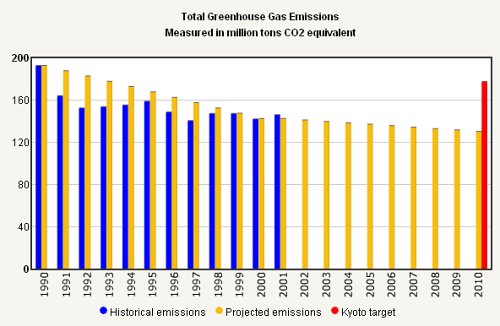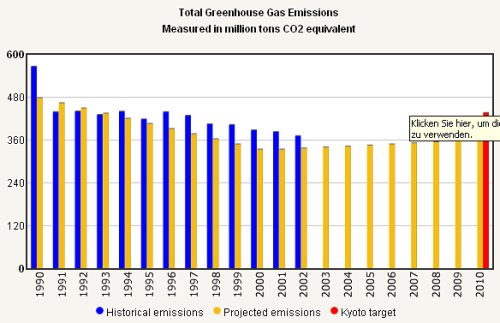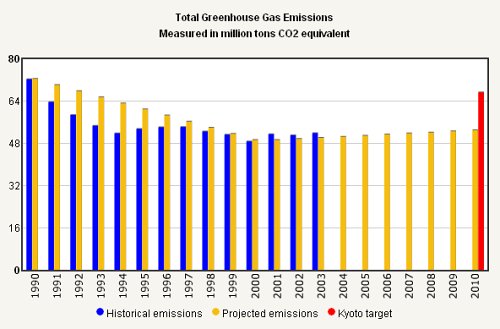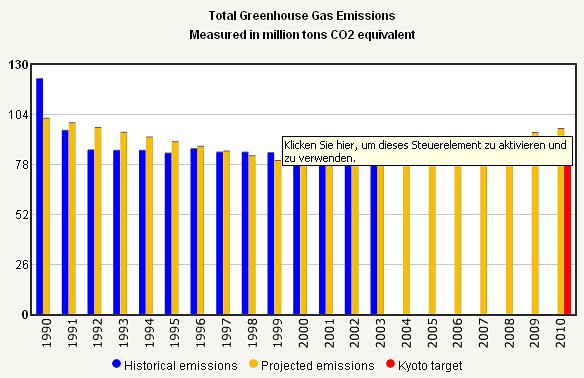|
Central and Eastern European Countries within the UN Framework Convention on Climate Change and the Kyoto Protocol. The Central and Eastern European Countries (CEEC) are fully integrated in the shaping of an international action to combat climate change. Despite several political and economic changes these countries have faced from the beginning of the nineties, a general awareness concerning global warming among policy makers and the public opinion has considerably raised in the recent past. These states are now legally and politically committed to the international treaties on climate change and they are called to play a dominant role especially after their accession to the European Union. All new EU member countries have ratified the United Nations Framework Convention on Climate Change and are Annex I Parties . Annex I countries are the ones which have committed themselves to reduce greenhouse gas emissions by the year 2000 to 1990 levels as prescribed by article 4.2 of the UNFCCC. They are the OECD countries excluding Mexico, together with the designated Economies in Transition Countries and Turkey. The new EU member countries have also ratified the Kyoto Protocol and they are indicated as Annex B parties. Parties with quantified emission limitation or reduction commitment, the so-called individual emission targets, are listed in Annex B of the Kyoto Protocol. These are countries included in Annex I to the UNFCCC having assumed legally binding commitments for the period 2008 to 2012 as indicated in article 3.1 of the Kyoto Protocol. Following the expressed intention to complete the ratification process in order to achieve the entry into force of the Kyoto Protocol at the World Summit for Sustainable Development held in Johannesburg in September 2002 , all CEEC have so far ratified, accessed or approved the Kyoto Protocol (© Leonardo Massei). The following table presents the total carbon dioxide emissions of CEEC Annex I Parties in 1990 in order to calculate the percentage for the entry into force of the Kyoto Protocol. Table 1: Comparison of Base Period GHG Emission (CO2, N2O, CH4 in Gigagrams of CO2 equivalent) with 2004 emission levels.
Source: UNFCCC (http://ghg.unfccc.int/) Almost all new EU member countries are below their
Kyoto Protocol targets and there could be potential for the so-called
"hot air". This term indicates the greenhouse gas emissions reductions
attained in 1990 due to economic reasons, mainly the shut down of
a large number of industrial plants. Hence, "hot air" represents
exactly the extent of the exceeding "emissions" resulting from the
difference between the legally binding emission limits set up by
the Kyoto Protocol and the business-as-usual emissions trends considered
in the period 2008-2012 . It is clear that the "hot air" potential
will give these states the possibility to sell emissions reduction
units to countries not complying with their commitments once the
international trade regime indicated by the Kyoto Protocol will
be in force. (© Leonardo Massei).
Regional
Environmental Center for Central and Eastern Europe (REC) Good
Practices in Policies and Measures for Climate Change Mitigation
A Central and Eastern European Perspective
Czech Republic Graphic: Actual and projected Emissions, Source: Grid Arendal
National
Center for the UN Framework Convention on Climate Change, Czech
Hydrometeorological Institute National
Greenhouse Gas Emission Inventory Centre
for Transport and Energy
Bulgaria: Graphic: Actual and projected Emissions, Source: Grid Arendal
Options
for Designing a Green Investment Scheme for Bulgaria Poland Graphic: Actual and projected Emissions, Source: Grid Arendal
Best
Practices in Policies and Measures to Mitigate Energy Sector GHG
Emissions in Poland Ministry of Environmental Protection, Natural Resources, and Forestry GRID-UNEP
Program, Warsaw
Slovakia Graphic: Actual and projected Emissions, Source: Grid Arendal
Energy
Centre Bratislava Optet Slovakia
Hungary: Graphic: Actual and projected Emissions, Source: Grid Arendal
© ACCC
01.11.2008
|
|
CO2-Rechner
Berechnen Sie Ihre mögliche CO2 -Einsparung: hier |










